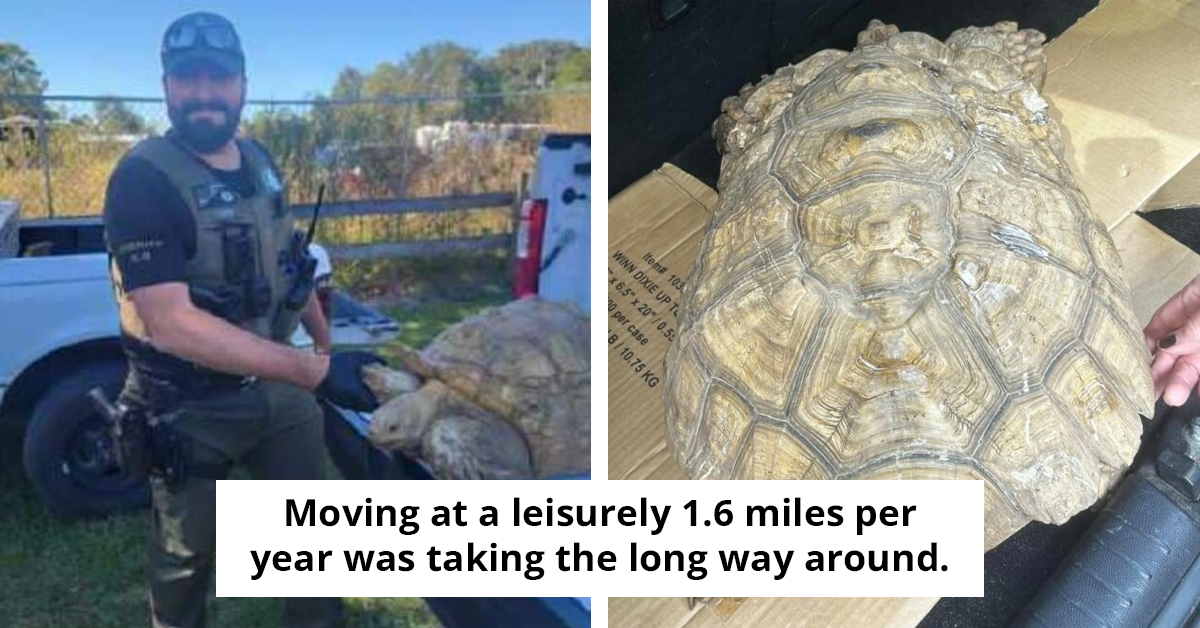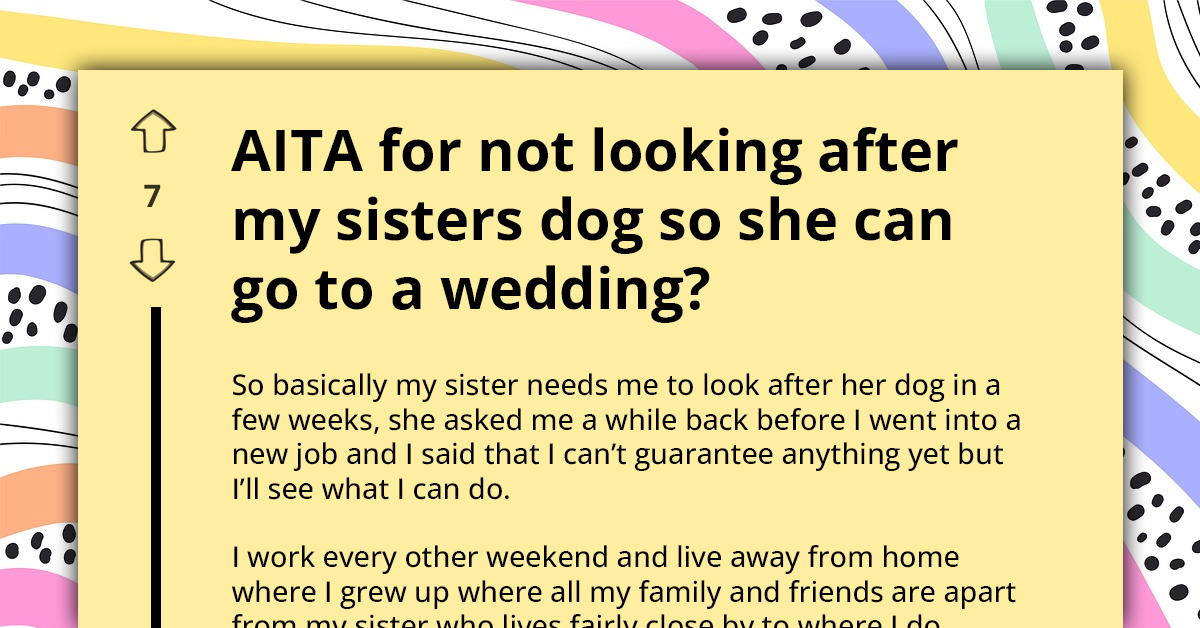Redditors Learn About House Sparrow That Flew Into Convention Center ln Netherlands And Knocked Over 23,000 Dominos - It Was Killed, Sparking An Animal Rights Controversy
The house sparrow shot and killed by a hunter from the business Duke Faunabeheer on November 14, 2005, in the Frisian Expo Centre in Leeuwarden, Netherlands, as part of Domino Day 2005 preparations is commonly referred to as the domino sparrow (Dutch: dominomus). There were only four days left until Domino Day 2005, when a bird crashed into the structure and fell on a number of domino bricks, forcing 23,000 of the 4.3 million bricks to fall.
The damage was minimal because of the protection gaps that were positioned in between groups of dominoes. To remove the unwanted visitor from the center, Faunabeheer was hired.
The business opted to shoot the sparrow after attempting to catch it using nets and sticks. For their acts against the domino sparrow, Faunabeheer and the production business Endemol were sued by the Dierenbescherming, a significant animal protection organization.
The shooter was given a 200-euro fine by the public prosecutor for killing an animal that belonged to a protected species without permission. Numerous animal rights organizations, well-known blogs like GeenStijl, and radio DJs like Ruud de Wild focused on the incident after it was reported in several Dutch newspapers and television stations.
They argued that murdering an animal to save a television program is a despicable act and accused the gunman of showing no regard for the lives of animals.
Redditor u/string_in_database shares an interesting piece of information with the TodayILearned subreddit group
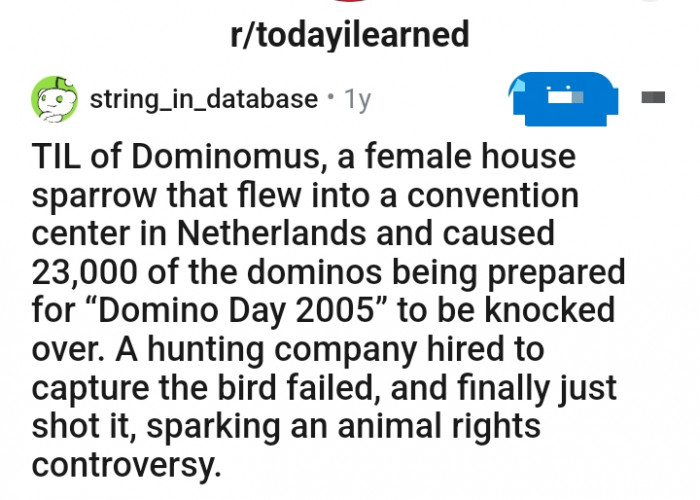
A hunting company hired to capture the female house sparrow failed, and finally just shot it, sparking an animal rights controversy
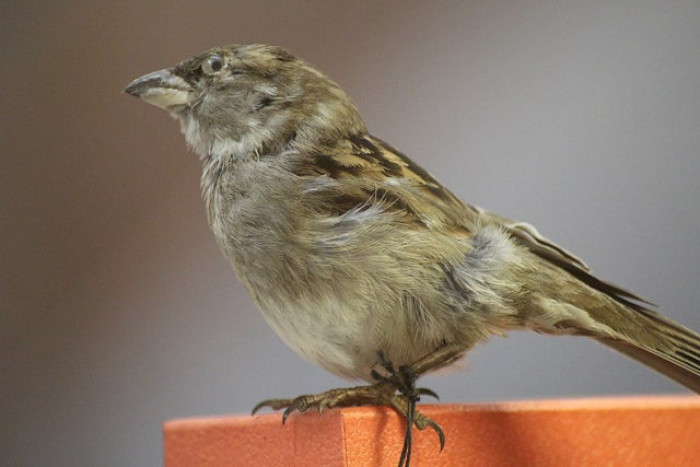
De Wild declared that he would provide a reward of €3,000 to anyone who could knock down the dominoes before the competition began. Nobody was able to do this, though, as the Frisian Expo Center's perimeter security was reinforced as a result of the sparrow incident and the murder threats made against FaunaBeheer, SBS Broadcasting, and Endemol.
The Dutch Public Prosecutor delivered the sparrow to the Natuurhistorisch Museum in Rotterdam a month after the bird passed away, at the request of Kees Moeliker, the museum's curator. And below are some of the comments by Redditors.
Do Not Shoot The Gorilla

The Intersection of Human Emotion and Wildlife
Dr. Jennifer Holloway, an environmental psychologist, discusses the emotional responses to incidents involving wildlife.
Research indicates that public outcry following the death of the house sparrow reflects deep-seated connections between humans and animals.
When people witness harm to animals, it often evokes feelings of anger and sadness, leading to calls for justice and change.
Understanding Human-Animal Interactions
The incident involving the house sparrow highlights the complex relationship between humans and wildlife. Behavioral ecologists have long studied how human activities impact animal behavior, particularly in urban environments. Research published in the Journal of Urban Ecology shows that human presence can significantly alter wildlife behaviors, often leading to unforeseen consequences.
This incident serves as a reminder of our responsibility to coexist with wildlife in a respectful and ethical manner. Understanding the psychological motivations behind human actions, such as impulsive reactions in stressful situations, can shed light on how we interact with the natural world.
Really?

Someone is wondering where the birds go

An amazing domino day

Moreover, the concept of social justice in animal rights has gained momentum, particularly in cases that trigger strong emotional responses.
Studies show that when individuals feel a connection to an animal, they are more likely to advocate for its protection and well-being.
This emotional connection can serve as a catalyst for broader discussions on animal rights and conservation.
Interestingly, the incident also reflects broader societal issues regarding animal rights and ethical treatment. Social psychologist Dr. Dan Gilbert states, "Public sentiment towards animals is often influenced by how they are portrayed in the media, which can shift collective beliefs." This highlights the importance of advocacy campaigns in shaping perceptions and behaviors towards animals. Furthermore, Dr. Kristin Neff emphasizes that "educating the public on empathy and compassion towards wildlife is crucial for fostering a culture of respect and responsibility." To address these issues, it's essential to promote awareness around the ethical treatment of animals through initiatives that encourage understanding and kindness.
Whatever this Redditor said

So our lives appears to be a short space
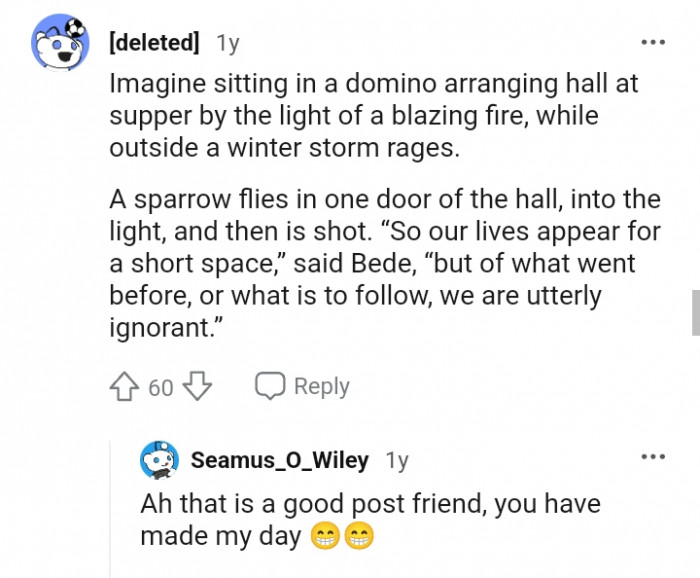
It does have some interesting mates in the same display
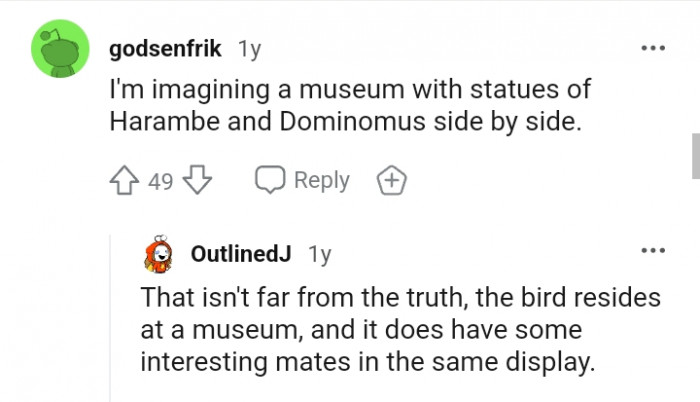
Community Reactions and Collective Action
Community responses to wildlife incidents highlight the power of collective action in advocating for animal rights.
Research demonstrates that when individuals come together to voice their concerns, they can influence policy changes and promote animal welfare.
These collective efforts underscore the importance of community solidarity in driving change.
The Emotional Impact of Animal Deaths
The death of the house sparrow triggered a wave of emotional responses from the community, reflecting the deep connections people form with animals. Research in psychology indicates that humans often anthropomorphize animals, attributing human-like emotions and characteristics to them. Studies have shown that this connection can lead to profound feelings of grief and loss when animals die.
Addressing these emotional responses is crucial for fostering community healing. Providing platforms for individuals to express their grief can facilitate healthy processing of these feelings, ultimately promoting resilience and community bonding.
There's no sparrows to be found anywhere

I thought I'd gotten it out after some time

How on earth did a little bird knock over that amount of pizzas?
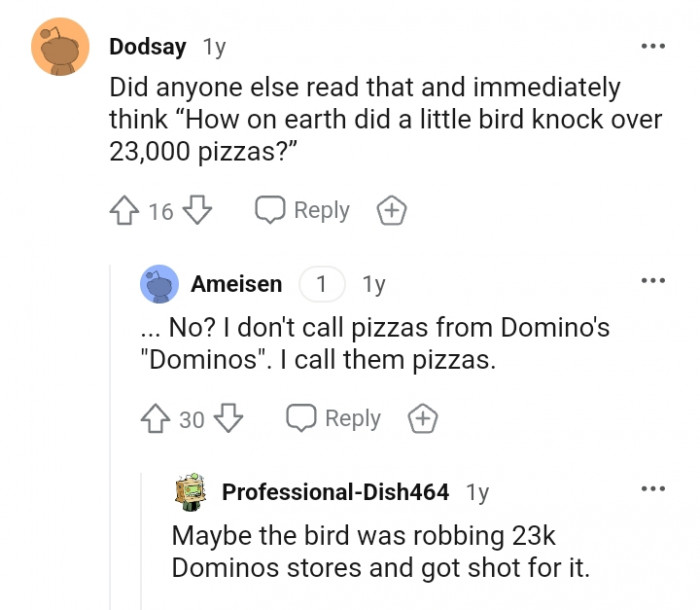
Additionally, environmental psychologists emphasize the role of social media in amplifying voices for animal rights.
Studies indicate that online platforms can mobilize communities quickly, facilitating organized responses to incidents that evoke outrage.
This digital activism can lead to significant changes in public policy and awareness regarding animal rights.
Interestingly, the public backlash against the hunter exemplifies the concept of moral outrage, a common psychological response when individuals perceive injustice. Research in moral psychology shows that such outrage can motivate collective action and social change. According to studies published in the Journal of Personality and Social Psychology, this emotional response can lead to increased advocacy for animal rights and conservation efforts.
To harness this moral outrage productively, community leaders can encourage constructive dialogues around wildlife management and ethical hunting practices. By facilitating discussions that promote understanding and empathy, communities can work towards more humane and effective solutions.
There were birds inside the crystal palace during the the great exhibition

You can see the duck who performed the act

Cognitive dissonance is one heck of a drug
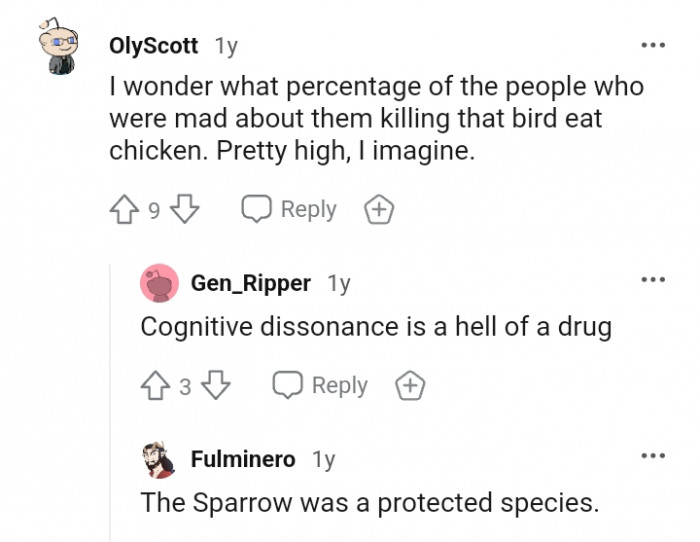
Strategies for Advocacy and Change
Communities should leverage social media to raise awareness about animal rights issues and mobilize support.
Organizing local events that educate the public about wildlife conservation can foster a sense of responsibility and connection.
By creating platforms for discussion and advocacy, communities can effectively champion animal rights and promote lasting change.
Promoting Compassionate Interactions with Wildlife
The incident involving the house sparrow serves as a critical reminder of the need for compassionate interactions with wildlife. Research in environmental psychology emphasizes the importance of fostering positive relationships between humans and animals. According to studies published in the Journal of Environmental Psychology, empathy towards animals can enhance conservation efforts and promote ethical behaviors.
To cultivate this compassion, educational programs that emphasize the intrinsic value of wildlife can play a significant role. By highlighting the ecological importance of all species, we can nurture a sense of responsibility towards preserving biodiversity.
Just pull a few in places
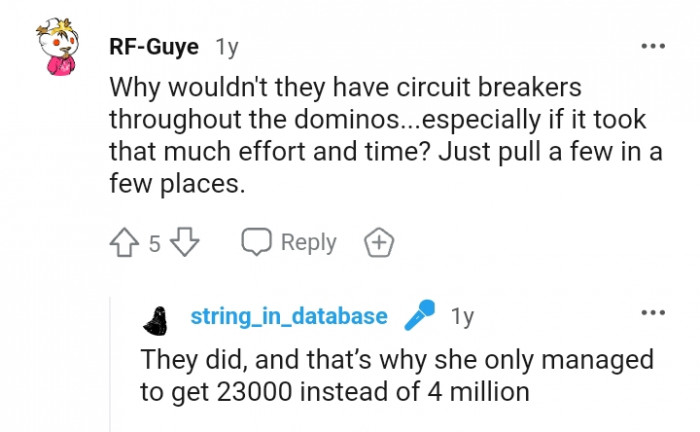
How can you differentiate one sparrow from another?

Meaning sparrow in Dutch so domino must means Domino sparrow
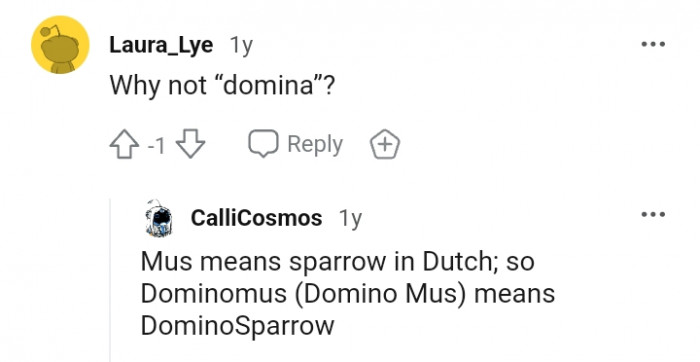
This OP's bird likes works of art that are set to be knocked down
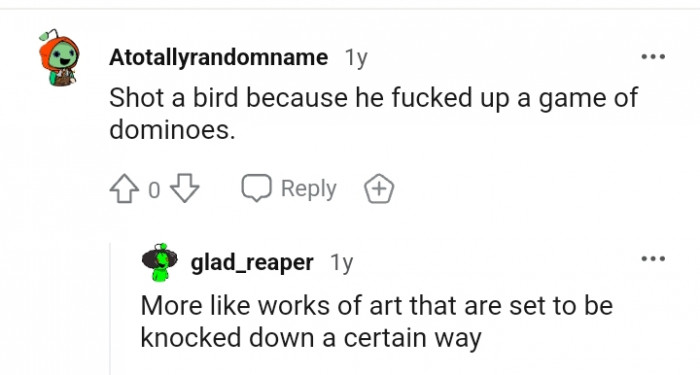
It takes a lot more time and wand effort
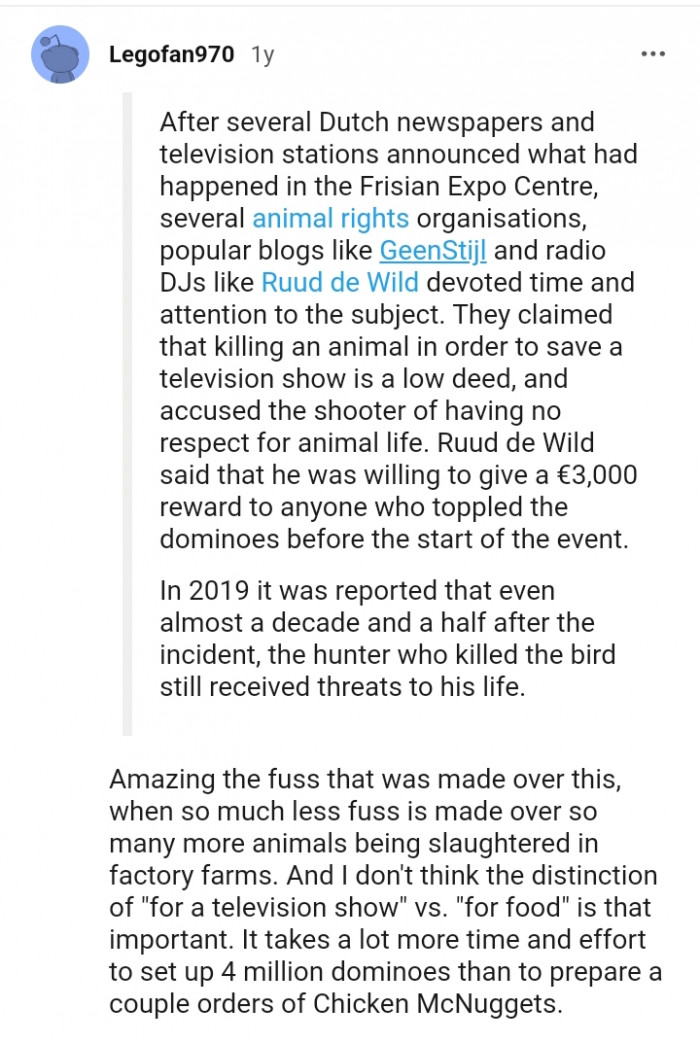
That is just how the tile falls

It is currently set up in the museum in Rotterdam

The museum preserved the dead bird and put it on display in a house sparrow exhibition from November 2006 to May 2007. The bird was then transferred to a display that featured deceased creatures that had a history.
In 2019, it was revealed that the hunter who killed the bird continued to face threats to his life almost 15 years after the incident.
Psychological Analysis
This situation reflects the deep emotional connections people often form with animals, highlighting the need for empathy in our interactions with wildlife. The public reaction to the sparrow's death demonstrates a collective desire for ethical treatment of animals. By fostering understanding and compassion, we can work towards more responsible coexistence with nature.
Analysis generated by AI
Analysis & Alternative Approaches
In conclusion, the incident involving the house sparrow underscores the complexities of human-animal interactions and the emotional responses they evoke. By fostering awareness and compassion towards wildlife, we can promote more ethical behaviors and enhance community resilience. Ultimately, creating a culture of respect and understanding will lead to healthier relationships between humans and the natural world.
Analysis & Alternative Approaches
The emotional reactions to wildlife incidents underscore the deep connections humans have with animals and the potential for collective advocacy.
Research supports the idea that community engagement and social media activism can drive significant change in animal rights policies.
By fostering these connections, we can work toward a more compassionate and just society for all living beings.
